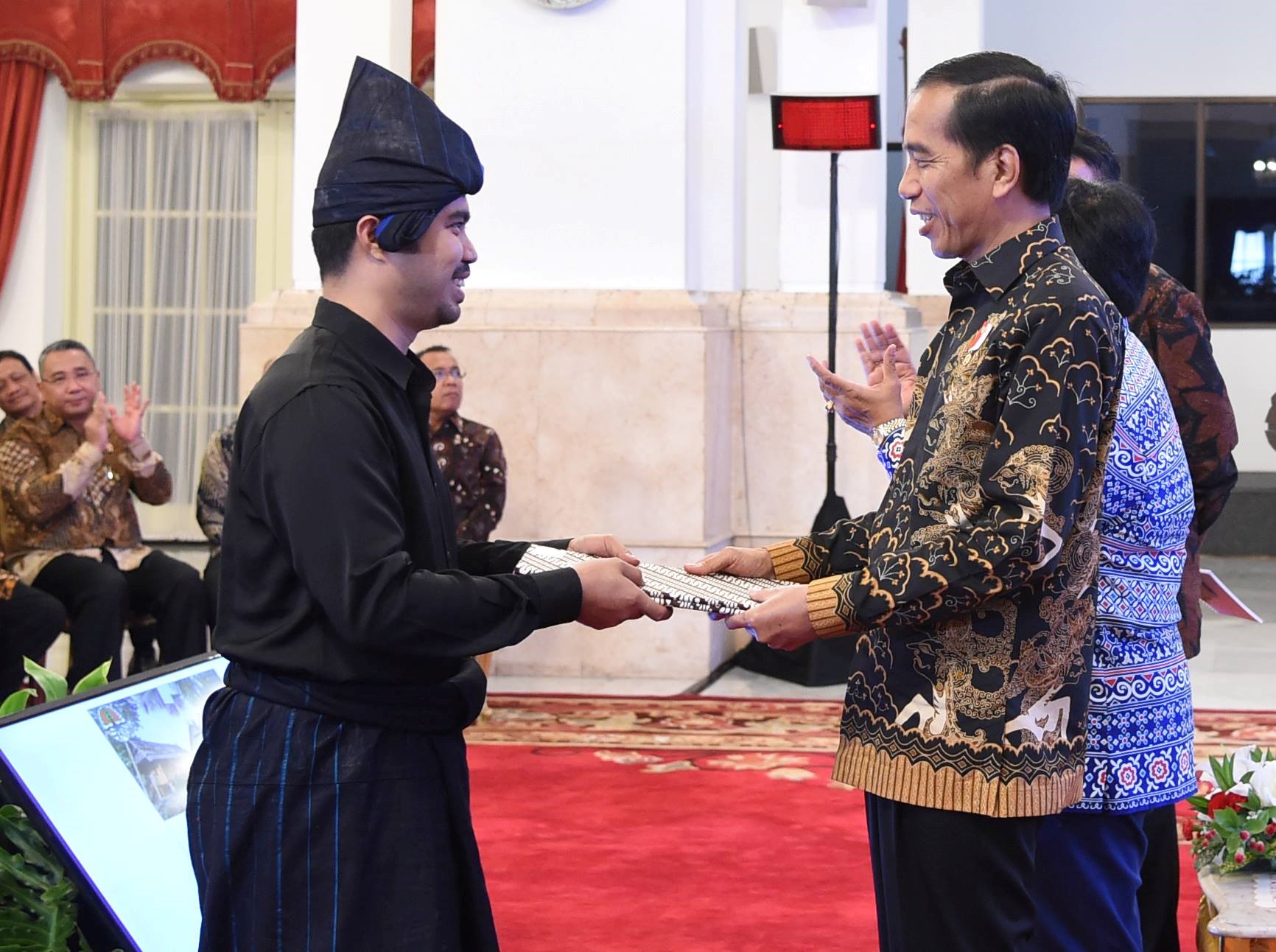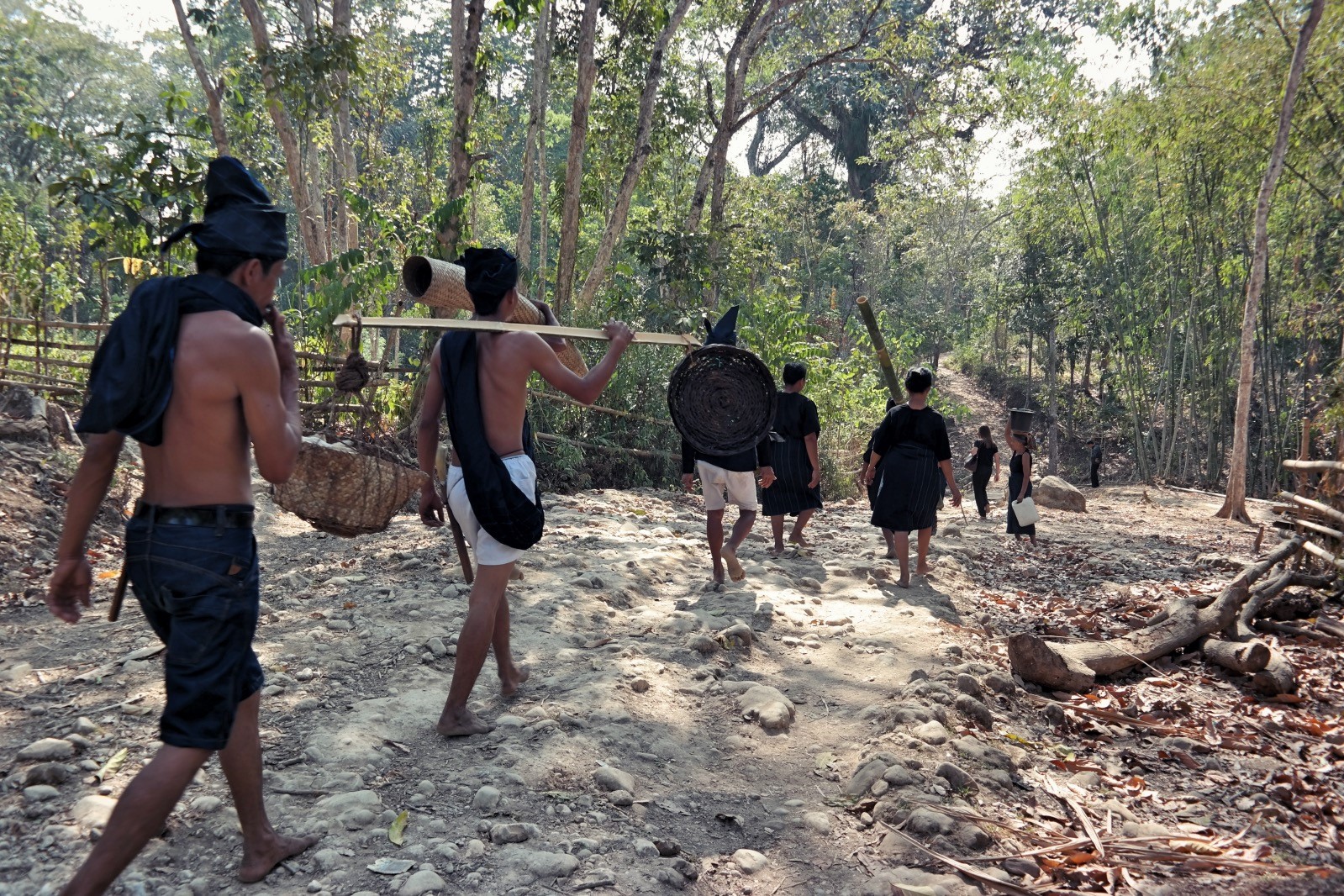Indonesia has recognised indigenous communities and their forests. But who will benefit, asks Willem van der Muur.
Three years have already passed since the Indonesian Constitutional Court ruled that indigenous adat forests are not part of state-owned forest. But until recently the central government has done next to nothing to implement the breakthrough ruling. The latest recognition of nine adat forest indicates that this has finally changed. Still, the exact implications of such recognition remain uncertain, especially with regard to the questions of who will actually benefit it and in what way.
30 December 2016 will go down as a memorable day for the indigenous people movement in Indonesia, when for the first time, a number of adat forests were officially transferred from the control of the state to the authority of indigenous communities. For this special occasion, community representatives from various parts of the country were invited to the presidential palace in Jakarta. In the presence of Forestry and Environment Minister Siti Nurbaya Bakar and Domestic Affairs Minister Tjahjo Kumolo, President Joko Widodo personally handed over the required legal documents to the community leaders, who were all dressed in their traditional tribal clothing. For them and their NGO representatives, the colorful event represented a landmark development.

A leader of the Ammatoa Kajang community with president Joko Widodo. Photo: Republic of Indonesia Palace Documentary.
Public demands for the recognition of indigenous people and their land rights emerged in Indonesia in the late 1990s, mainly as a response to the exploitative and abusive forestry policies of President Suharto. During his 32-year dictatorial rule, the massive misuse of forest resources proved highly lucrative for Suharto’s small circle of business and military associates. The government had meanwhile declared all forests as state-owned land (more than 70 per cent of Indonesia’s land mass). This ruling meant that communities whose livelihood depended on forests were deprived of any legal entitlement to such lands. Although some reforms were implemented after regime change in 1998, many of the old practices continued. As a consequence, land disputes have been rampant in Indonesia.
With its latest endeavour the Joko Widodo administration has shown that it takes indigenous land rights seriously. The first recognition of adat forest at the central government level covers nine plots of forests that were previously administered as state land. These forests are now designated to come under the legal authority of the communities inhabiting or controlling them. Covering a modest 13,000 hectares, the adat forests will allegedly provide land to some 5,700 families. According to President Widodo, these first nine forests are only the starting point of a longer, systematic process of giving back forestland rights to indigenous communities.
The initiative is very much welcomed by AMAN, Indonesia’s biggest and most influential indigenous people organisation. With more than 2,000 member communities connected to AMAN nationwide, the organisation plays a central role in the advocacy of indigenous peoples’ rights. But while AMAN has declared that the country’s adat territory covers more than eight million hectares (inhabited by some 40 million people), it is unlikely that the government will get close to designating even a fraction of all this land as adat land. Many of the communities claiming adat forests are facing competing claims from plantation companies, mining corporations, conservation parks or migrant communities. Regional governments tasked with granting groups the status of ‘indigenous community’ tend to be hesitant when the claimed land is under dispute, especially when competing third parties have some kind of legal entitlement to the land.
For now, the Joko Widodo administration appears to have adopted the popular view that indigenous communities are traditional, nature-friendly people living in close harmony with their forests. Recognising them is seen as beneficial from an ecological perspective. The majority of the nine groups that have now been recognised seem to match this view of ‘traditional forest guardians’. Generally, the state seems most willing to grant rights to those groups that can prove to be traditional, preserve their forest and claim land that is ‘conflict-free’. An example is the remarkable Ammatoa Kajang group from South Sulawesi. The community upholds strict traditional rules regarding the protection of its small forest and has not faced serious threats with regard to their land. As such, the recognition of their forest was one of the ‘easier’ cases for the government.
But for most members of the Ammatoa Kajang community, the recent government recognition will hardly impact their daily lives. In that sense, the provided ‘rights’ are merely a symbolic gesture. Communities that are, on the other hand, in a less favourable situation are likely to be excluded from obtaining indigenous land rights. For the Joko Widodo administration, the real challenge ahead is to systematically provide access to land to those vulnerable people that need it mostly, irrespective of how traditional they are.
Willem van der Muur is a PhD candidate at the Van Vollenhoven Institute for Law, Governance and Society, Leiden University, the Netherlands. His research revolves around land disputes in Indonesia, particularly focusing on the legal, political and economic aspects of claims to customary and indigenous land.
 Facebook
Facebook  Twitter
Twitter  Soundcloud
Soundcloud  Youtube
Youtube  Rss
Rss 
